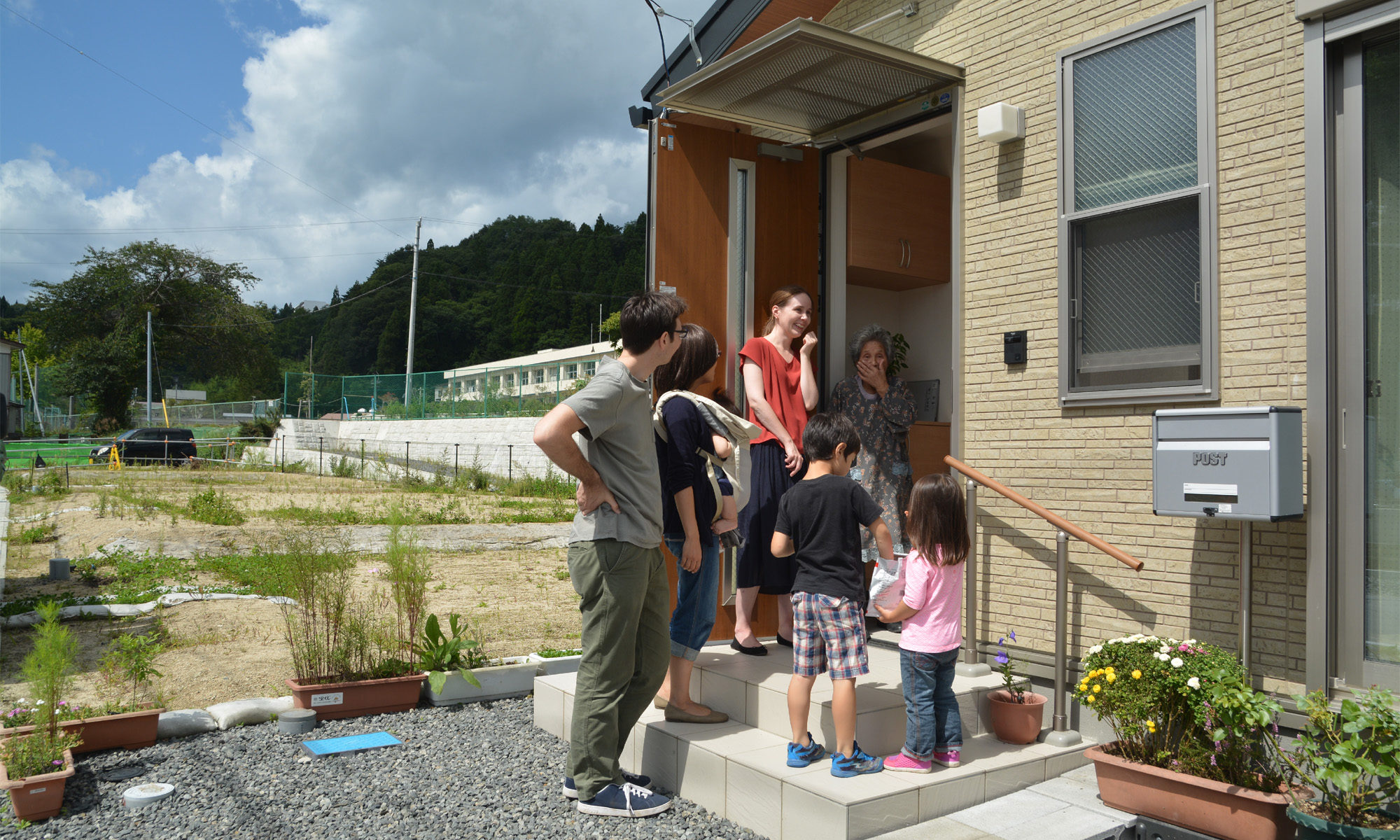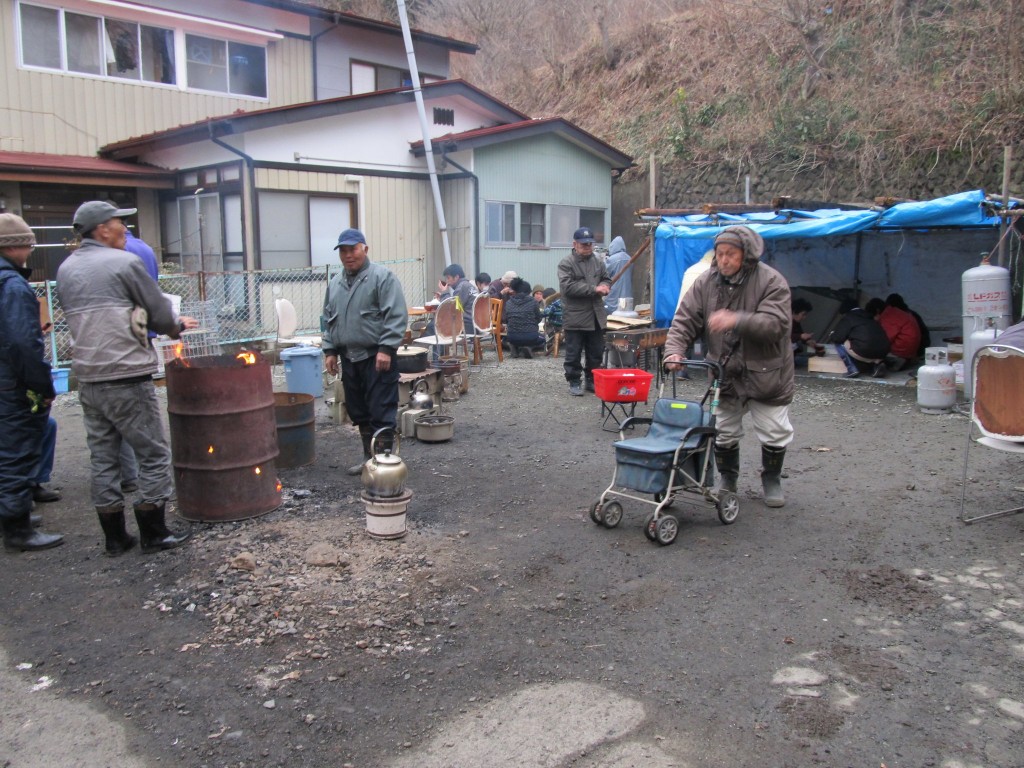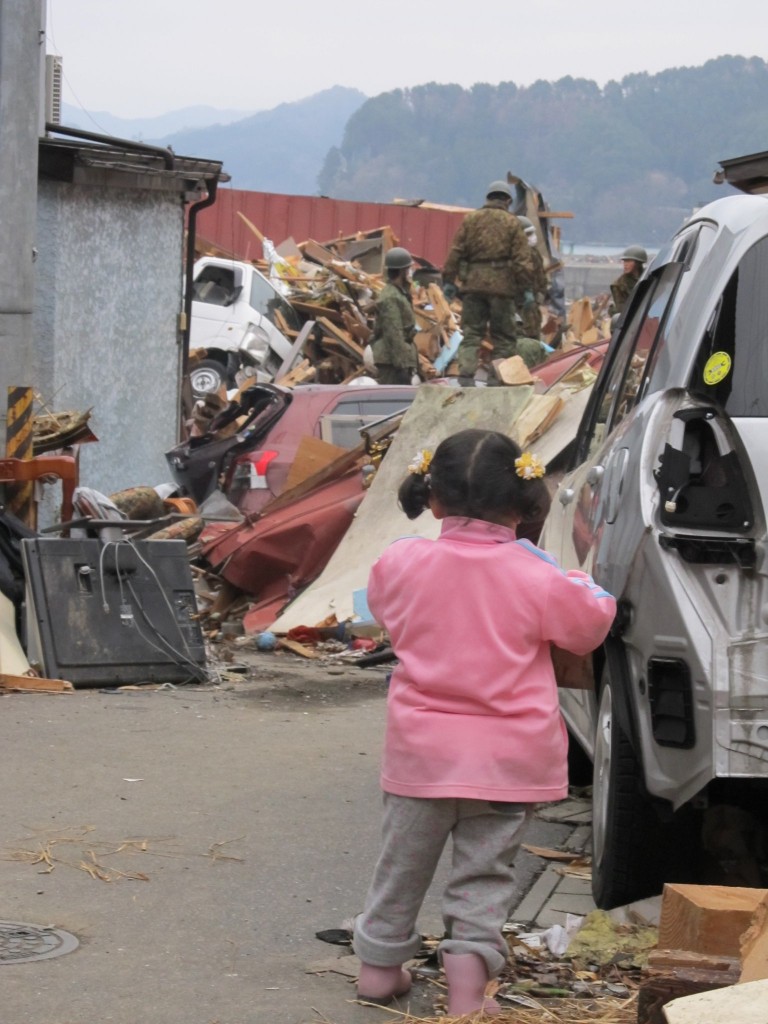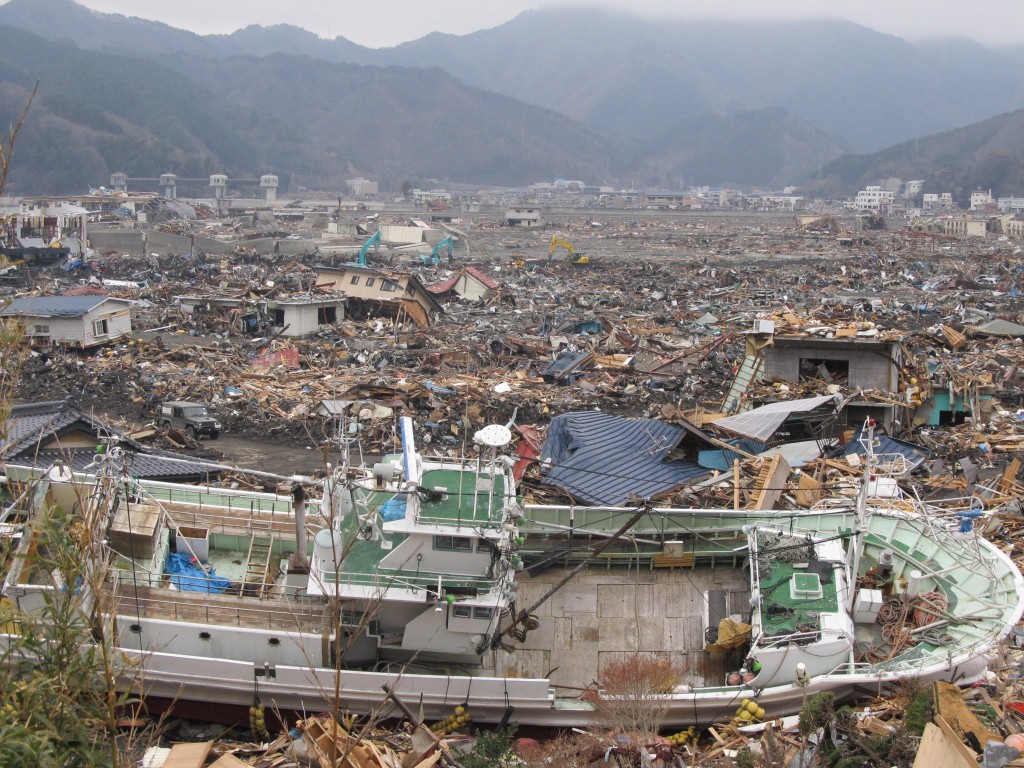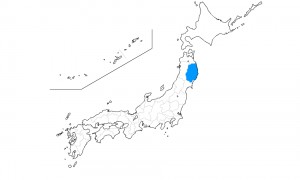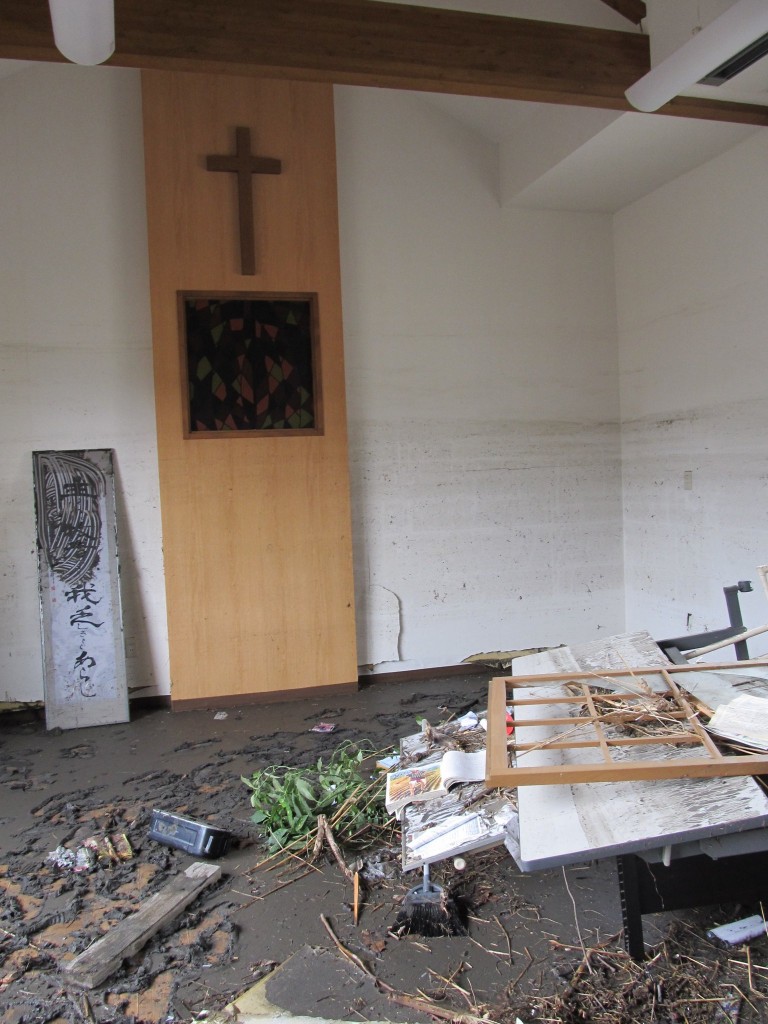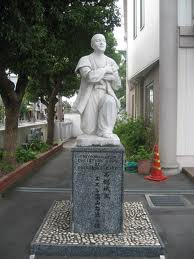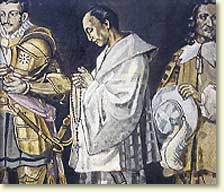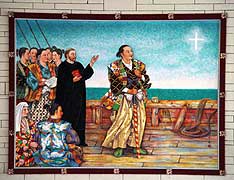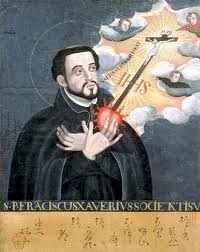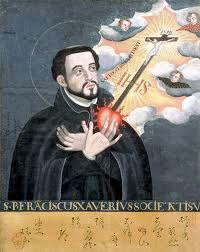Japanese mythology is like Greek mythology in many ways. It has many interesting stories about many different gods, but these stories often have a couple of different versions because of the diversity in its original texts and also because they are mixed together with various folk legends, myths, etc. The sources of the Japanese mythology are the two books written in the early AD700s called ‘Nihon shoki’ and ‘Kojiki’. Those books were written as “history” of Japan, possibly by the order of the Emperor who was gaining power and wanted something to justify his reign by deifying himself as the books identify him as the direct descendant of the gods. Here is a short summary of how the world came to be according to Japanese mythology:
The tale of the very beginning, or how the world came to be, is somewhat ambiguous in Japanese mythology. According to Nihon Shoki, the world was a chaos at first. Then the pure and impure were separated and became the heaven and the earth. And out came the gods that looked like humans. The ones that were born first were neither male nor female, and then four pairs of male and female gods were born. And the last one of these pairs, Izanagi (male) and Izanami (female), got married and started giving births to the islands of Japan and other gods. Interestingly enough, the text does not give any explanation as to how these initial gods came to be, and the other mythological text, Kojiki, has no mention of the very beginning of the world.
Here’s a little more about what happened after that.
When Izanami gave birth to a god of fire, she was burnt which caused her death. Izanagi, missing his wife so much, travels to the land of the dead, where he finds his beloved wife rotten and ugly. He screams in shock and runs away from his furious wife who chases after him. She is furious because he saw her in such a hideous state in spite of her warning not to look at her. After a long chase, Izanagi finally manages to block his wife’s pursuit by placing a huge rock in front of the pathway to the land of the dead. She curses him and says “I will kill one thousand men a day from now on” (The rock was so heavy that it called for a thousand people to be removed.) To that Izanagi replies: “Then I will make sure I get 1,500 people to be born every day.” It is explained that this incident is the reason why there are births and deaths.
After the terrible trip to the land of the dead and back, Izanagi decides to purify himself. As he took off his clothes and dunked himself in a river, many gods were born. He went on to wash his left eye and the sun goddess (Amaterasu O’omikami) was born. When he washed his right eye, the god of the moon (Tsukuyomi no mikoto), his nose, the god of the ocean (Susano’o no mikoto). Those three gods were appointed to rule over the world.
This is only some of it. Pretty interesting stuff. I (Tomo) grew up in Japan but didn’t know these stories in detail until I did research to write this article. Most Japanese people probably don’t know much about the mythology either, but it’s interesting to know them because the basic world view is still at the root of their culture and mindset.
